14 Stories That Prove Kindness Can Turn Regular People Into Heroes

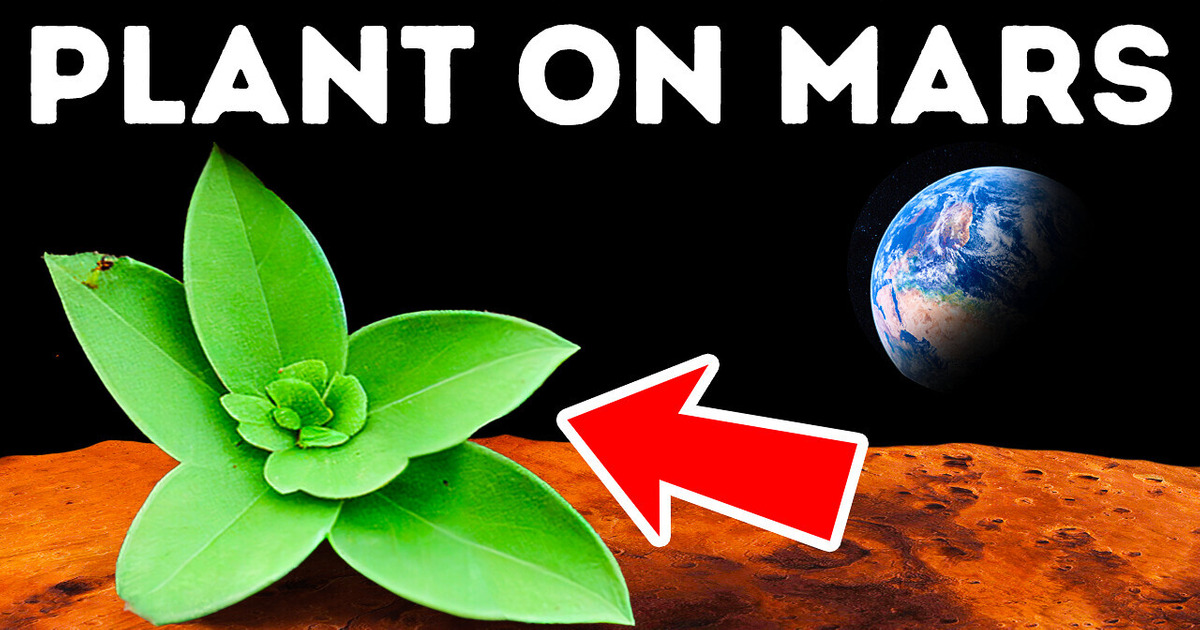
Seems like to feel at home on any planet we need the four crucial elements: air, water, earth, and fire. I’m gonna tell you what you need to squeeze to get a glass of water on Mars, how to grow your salad there, charge your phone without getting an astronomical electricity bill, and even generate some fresh air!

What if I tell you there’s an ocean on Mars? Right, you won’t believe me, but there used to be an ocean. Scientists believe that nearly ⅓ of the planet was covered with an ocean called Oceanus Borealis. Once upon a time, about 3.8 — 4.1 billion years ago, the climate on Mars was warmer, and the atmosphere was denser. But over time, the climatic conditions changed dramatically, and this once endless ocean simply evaporated into the atmosphere.
According to estimates, only about 1% of all water evaporated, while 99% is still locked on the Red Planet. So, there are two sources of water now: the ice polar caps and... the rocks. Ice polar caps are pretty simple to understand as we have the very same thing on Earth, but rocks containing water? I mean, my juicer won’t handle stones inside it. But let’s delve into these stones just a little bit. For starters, there are at least four types of hydrous minerals on Mars.
There are hydrous clays made of silicon-oxygen, and the cool thing about them is that they can even contain magnesium and iron, which will come in handy once we start dwelling on Mars. Next is hydrous sulfates which are sulfur-based. Don’t “ew”, I know you thought of the rotten eggs smell, but it’s typical of hydrogen sulfide and not just sulfur. These minerals have water incorporated right into their chemical formulas. Next comes hydrous silica which also has water locked in its formula.
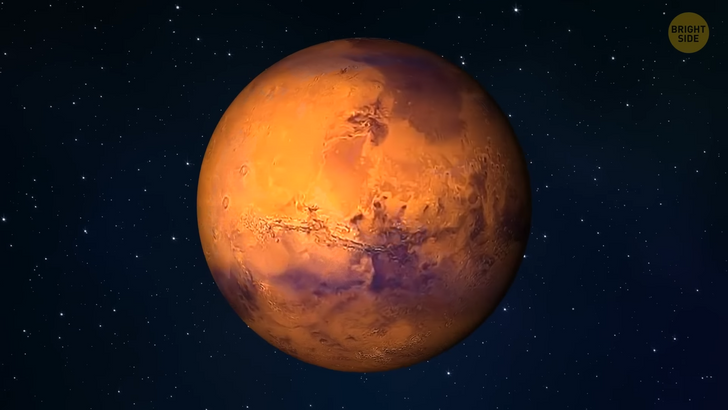
Carbonate salts found on Mars may not contain actual H2O, but they can only form if there’s water nearby, so they just prove there used to be an ocean. But if the scientists don’t come up with an idea on how to extract water from those rocks, there’s a backup plan. In 2020, researchers discovered liquid water sources which may be a part of a huge network of underground saltwater lakes. So, I guess we’ll find a way to stay hydrated on Mars. We can either look for those water sources better or just invent some technologically advanced juicer to squeeze water out of those stones.
The Red Planet may seem to us a lifeless desert where nothing can grow. But today it’s a misconception, as there’ve been a couple of recent updates concerning the agricultural potential of Mars. In 2022, a group of scientists made something unbelievable: they managed to grow an Earth plant on Mars. Disclaimer: it’s not that they plowed Mars, watered it, added fertilizers, and patiently waited for the first sprouts to show up. They experimented on Earth, but the conditions they created were purely Martian.
You see, a plant needs soil, water, food, and sunlight to grow. Food and sunlight can be created artificially, so the scientists focused on the soil and water in their experiments. There’s not much Mars can offer in terms of soil, but it’s rich in basalt. Plants don’t fancy residing in basalt, as it doesn’t have many nutrients, but still, some of them aren’t that picky when it comes to soil. As we already know, water on Mars is problematic too, but it can be found in limited amounts. Still, it can’t be used for agricultural needs due to its chemical composition.
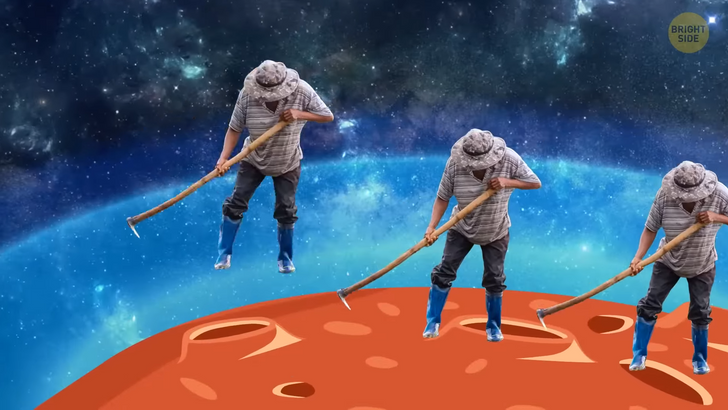
Long story short, it’s just way too salty for any plant out there to like it. But to keep the experiment true to life the scientists started to look for possible ways of desalinating water. Thus, they added the bacteria known as Synechococcus [sigh-nee-co-cocus], and even though the saline levels decreased dramatically, it was still not enough to satisfy the finicky plants. Luckily, the scientists had plan B and it worked out. They took the bacteria-desalinated water and filtered it through basalt. In the end, they noticed that the resulting water was suitable for the plants.
But that’s just theory. Let’s see what we can actually grow on Mars! The scientists experimented with turnips, lettuce, radishes, and alfalfa. At first, turnips, lettuce, and radishes refused to flourish in basalt and feed on that filtered water. But then alfalfa came into play, and it left the scientists stunned: the plant did really well in Martian conditions! This might seem to be the logical end of the experiment, and after all, alfalfa is pretty cool, it’s rich in vitamin K, it has vitamin C, some vitamins B, zinc, and phosphorus, and you can google a bunch of nice salads with alfalfa sprouts.
But it has yet another property that may be a total game changer: because of its deep root, alfalfa can help fix soil nitrogen fertility. So once the scientists harvested the first Martian alfalfa, they immediately planted turnips, lettuce, and radishes back. This time, the crops did way better and the scientists even noticed something they didn’t expect: turnip yields increased by 311%. I guess alfalfa has all the chances to become the star of Mars terraforming.
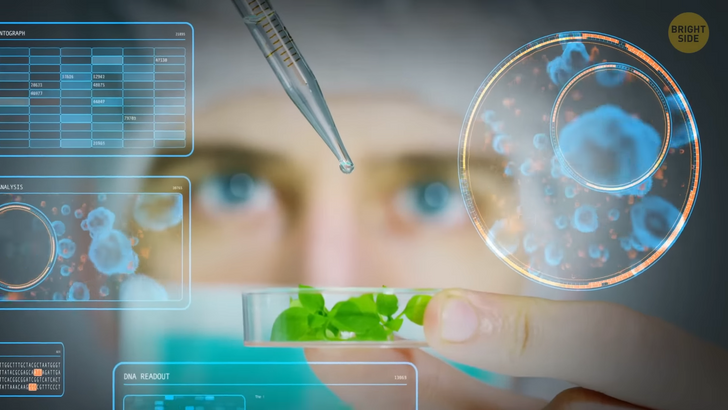
Whoops, here comes the bad news. Even though you can theoretically stay hydrated on Mars and enjoy a fresh salad, at the moment there’s almost no way you can enjoy some fresh air on the Red Planet. Hey, you’ve noticed I said “almost”? Even though Mars’ atmosphere is 96% carbon dioxide, we already know how to make small amounts of oxygen there.
Meet the Mars Oxygen In-Situ Resource Utilization Experiment, but you can call it MOXIE — it’s a little helper that works together with Mars rovers. This little guy can isolate oxygen on Mars, and it already managed to produce 5 grams of it. It may sound like nothing, but 5 grams of oxygen equals 10 minutes of breathing. For now, MOXIE is for scientific use only, but it actually can help facilitate missions on Mars. Thing is, it’s easier to produce oxygen directly on the spot than transport it from Earth to Mars. At the moment MOXIE is not powerful enough, but once the scientists invent its descender, the air situation on Mars will change.
For the fire to burn we need one essential thing which is oxygen, and we don’t wanna waste the results of Moxie’s hard work especially if there can be alternatives. Historically, people would use fire to cook, get warm, and probably scare away some uninvited guests like sabertooth tigers. Today, we can use electricity to cook and get warm, and no sabertooth tiger has ever been spotted roaming the Red Planet. So, let’s see how people can generate energy on Mars!
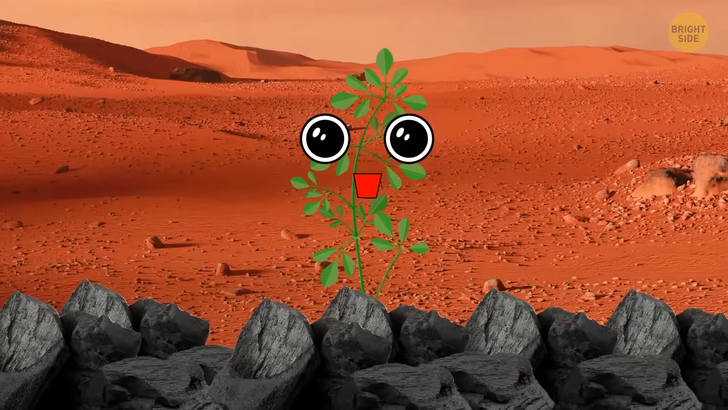
There are quite a few options. Solar, geothermal, and wind energy can be used on Mars almost the same way we use them on Earth. Solar energy is promising, but it still won’t be as effective as on Earth. Sunlight on Mars is only 43% as strong as it is in Earth’s orbit, so producing electricity this way will take more effort. Don’t forget about dust storms that aren’t rare on Mars! During them, the sunlight gets sorta blocked, so should we ever rely on solar energy on Mars, we must be ready for occasional electrical outages.
The next problem is seasonal variations, so we could benefit from solar power for only some months of the Martian year. And, of course, no solar energy at night! Anyways, this option might work out, but it should be combined with some alternative. For instance, wind power. Wind turbines won’t have any problems working during the dust storm, and they can also work at night. Seems like these two sources are a perfect combo.
But geothermal energy could be a cool backup plan though. It can even work on Mars better than on Earth for a few reasons. First, the atmospheric pressure is lower on Mars, so more volumes of steam can be generated to drive the turbine. Second, Mars’s surface temperature is lower, and it can help too as it will increase the efficiency due to thermodynamics laws. Third, no water needed: we could use liquid carbon dioxide instead and it will work perfectly. And unlike water, liquid carbon dioxide is free!











